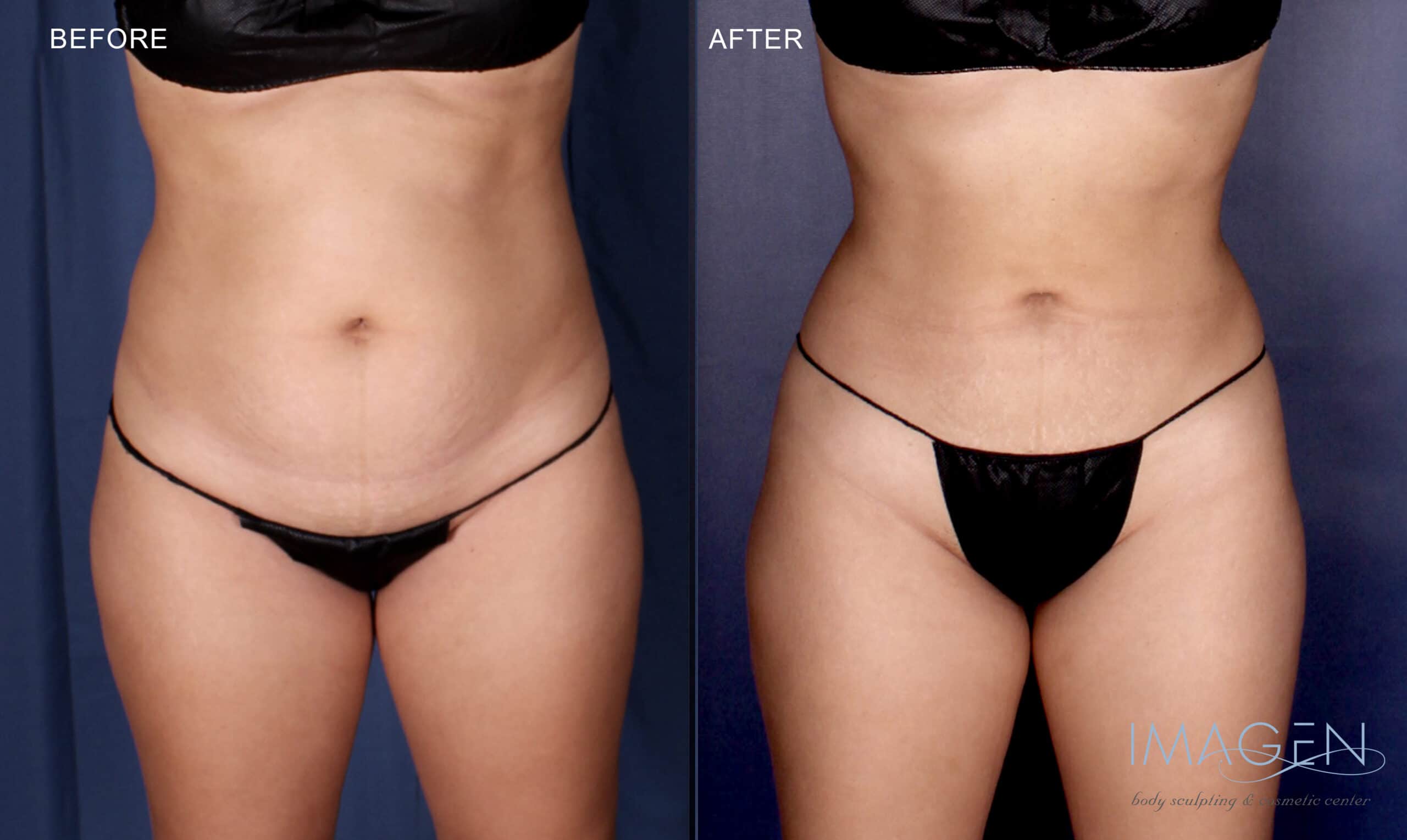
If you are considering having a genioplasty, there are some important things you need to know. This procedure can be very risky and you should fully understand your options. Below is a brief overview of Osseous, Sliding, and Non-Surgical Gynecologic Surgery. It is important to know what to do after the procedure.
Osseous genioplasty
The popular cosmetic surgery of osseous generationoplasty is for women who wish to appear younger. The procedure is performed within the mouth, so there are no visible scarring. It takes approximately an hour to perform and can either be done alone or as part a facial procedure. Patients can have this procedure done by themselves or with other types. Read on to learn more about the osseous genioplasty.
A osseous genioplasty is typically part of larger procedures such as side-to-side or push-back. Most patients were satisfied with the results of the procedure. Active dental infections can cause jaw problems and should be treated before surgery. Patients should disclose any previous orthodontic or orthognathic surgeries, as well any medications and smoking habits.

Sliding genioplasty
Before performing sliding genioplasty, the doctor will review your medical history and ask you questions about your expectations. For a better understanding of your options for surgery, your jaw might be examined by an X-ray or CT scan. After you've chosen a surgeon, the sliding genioplasty procedure can usually be completed in a short time and is relatively safe. There are potential complications. The most common complications are infection, bleeding, or an adverse reaction after anesthesia. These complications can be minimized if you follow the pre-operative instructions.
Before performing this procedure, your surgeon may perform a thorough cephalometric scanning and measure the length of your chin. Cephalometric measurements help determine if you have overprojection, underprojection, or transverse asymmetries. Standard facial photographs will be taken by the surgeon to assess your transverse dimension. If you have any one of these conditions, a sliding-genioplasty could be the right option.
Non-surgical genioplasty
Nonsurgical genioplasty can be used if you're looking to improve your chin size without having to have a whole surgical procedure. This is cosmetic surgery that involves moving a portion of the jaw forward and removing a part of it. This complex procedure involves the use plates and screws to secure the jaw. Nonsurgical genioplasty on the other side is simpler because the surgeon works with your own bone.
Nonsurgical genioplasty can be done in two ways. One is a sliding technique, where a doctor makes a small incision under the lower lip or chin. Another option is to position the chin bone via wires. This is performed for patients who have retrogenia or a receding neck. The type and extent of the corrections required will impact the recovery process.

Risques of genioplasty
Genioplasty is a risky procedure despite its many benefits. There are risks such as numbness under the chin or lower lip. This can persist for weeks or months and may even be permanent. The brain can adjust to the side effects of the surgery, and numbness can be a common side effect. If the bleeding or pain continues, the surgeon should be consulted and patients should continue to follow their instructions.
Although there are many complications to genioplasty surgery, the most common is temporary neurosensory disruption of the inferioral nerve. These complications can be avoided by careful preoperative counseling and informed consent. Certain procedures, like sliding genioplasty which repositions the chin bone by sliding forward, may cause complications. If you are currently undergoing a genioplasty or have any other medical issues, it is best to skip this procedure.